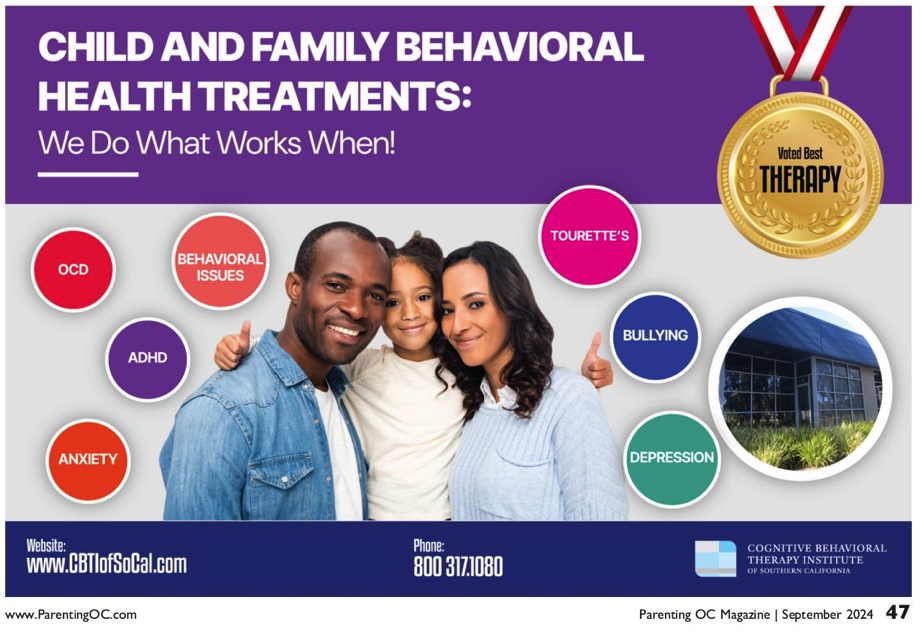It is no doubt that looking for a child therapist is an important and often anxiety-provoking process. The worry of choosing both the right therapist and therapy can be an added worry to an already trying time. To ease the difficulty that comes in choosing the right therapist & therapy I have identified 5 key ingredients to child therapy that works.
- The importance of STRUCTURE: “If you don’t know where you are going, you will probably end up somewhere else” -Lawrence J. Peter – An effective therapist and therapy will have structure. Like a good novel, there should be a beginning, middle and end. Beware of therapists that have little to say in regards to the phases of treatment & lack a clear explanation for what the phases look like. Hone in on therapist that clearly explain the process from beginning to end and all in between. Within session, there should be set agendas and goals to be accomplished that keep the work moving forward.
- There is no “I” in Teamwork, COLLABORATION as essential– When working with children collaboration is key. The process of therapy with your child’s therapist should involve you in each and every step of the way. Therapists that work individually with your child where the majority of treatment is“playing” may make your child feel better for the hour, but miss the mark long term. A good therapist will have you learning and involved in each session actively so you walk out more confident in your ability to help your child not only in session but outside. Additionally, collaboration with teachers, pediatricians, and others is essential to treatment success.
- The dog ate my HOMEWORK– Don’t worry, most child therapists will not ask you to write a 5 page essay, but the good ones will require daily activities to be practiced outside of session. Coming to therapy for 50 minutes a week is good for your child and you, BUT what about the other 10,030 minutes left over? Building any new skills or changing any behavior requires consistent practice and effort AND a therapist that works with you to make sure the homework doesn’t become a snack for Fido
- Where’s the proof? – The significance of RESEARCH. Would you take a drug that wasn’t proven to work, well okay some of you would, but when it comes to your child most would agree to leave the experiments in the lab. Ask the therapist what research has been done and what the success rate is and certainly avoid therapies that have not been shown time and time again to help.
- Show me the Data! The use of MEASURES – What better way to prevent ending up somewhere else than the “hard data” showing you & your child exactly where you are going. Look for therapists and therapies that involve constant measuring of progress. Research shows that feedback in this form can significantly reduce treatment length meaning relief for your child as quickly as possible.
So remember structure, collaboration, homework, research, and measures are KEY ingredients to effective therapy for you and your child.
Parent-Child Interaction Therapy is one of the most research supported child treatments that embodies all of the key ingredients to an effective therapy. If you are looking for further information on how to find the right therapist and therapy for your child you can contact me: Cassandra at 1.800.317.8010×3 and visit: www.pcitinstituteofsocal.com for children 2-8 years old. For older children and adolescents you can visit www.cbtiofsocal.com.





